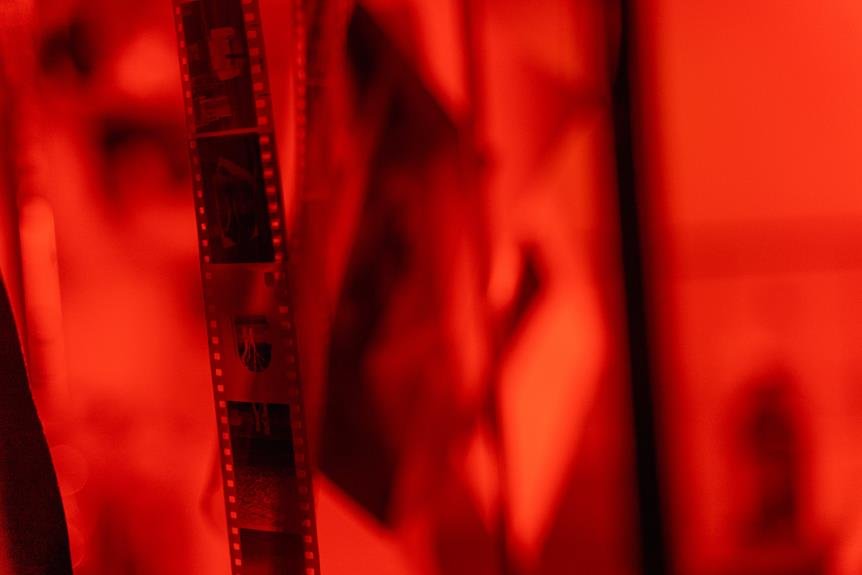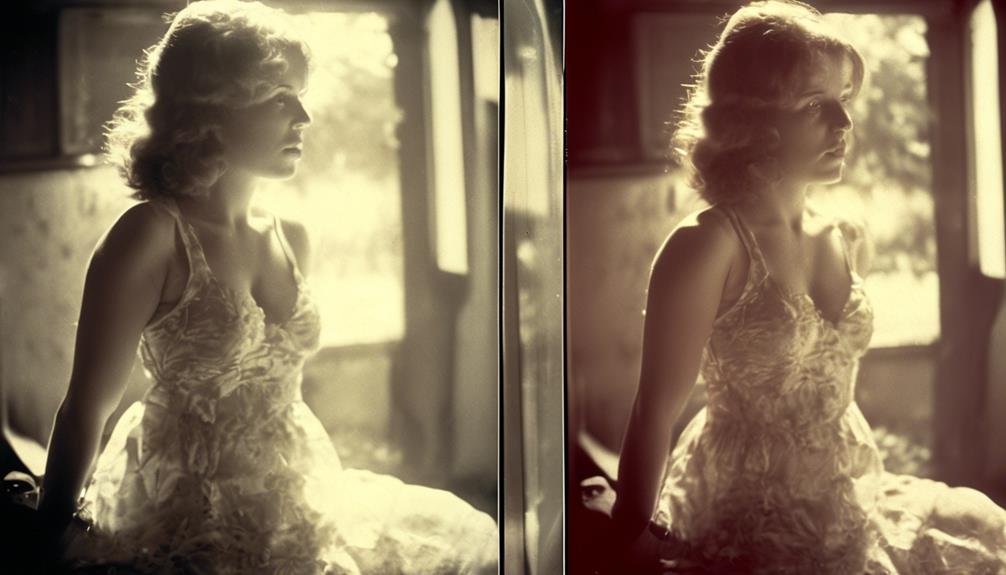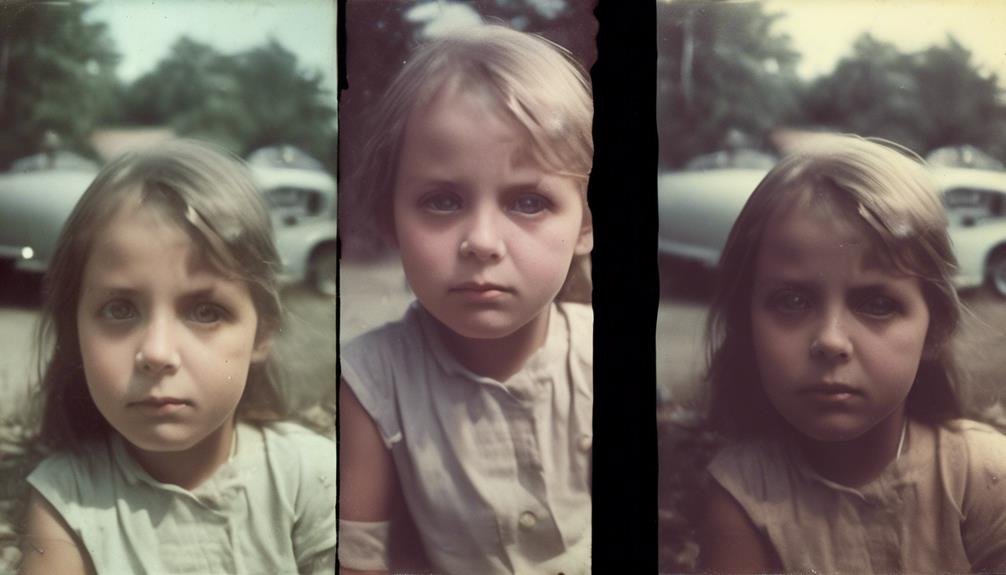
When it comes to enhancing our images, we often rely on a few key post-processing techniques. From raw image conversion to color correction and white balance adjustments, each step plays a crucial role in bringing out the best in our photographs. But what are the specifics of these techniques, and how can they transform our images from ordinary to extraordinary? Let's explore the essential post-processing methods that can elevate the quality and impact of our photography.
Raw Image Conversion
When converting raw images, it is essential to carefully adjust the white balance and exposure to achieve the desired look and feel. Exposure balancing is a critical aspect of raw image conversion, as it allows us to control the brightness and darkness within the image, ensuring that the overall exposure is just right. By fine-tuning the exposure, we can bring out the details in both the highlights and shadows, creating a more dynamic and visually appealing photograph.
Shadow highlighting is another key element in raw image conversion. It involves lifting the darker areas of the image to reveal hidden details and textures, without compromising the overall tonal balance. This technique is especially useful in situations where the lighting may have caused certain areas to appear overly dark or underexposed. By carefully highlighting the shadows, we can add depth and dimension to the image, resulting in a more captivating visual narrative.
Mastering exposure balancing and shadow highlighting in raw image conversion allows us to unleash the full potential of our photographs, bringing them to life in ways that were not initially possible. These techniques are essential for crafting images that truly stand out and resonate with viewers.
Color Correction and White Balance
Color correction and white balance play a crucial role in enhancing the overall visual appeal and accuracy of images. When it comes to white balance adjustment, getting the colors right is essential for maintaining the natural look of the scene. It ensures that whites appear white and that the overall color temperature is accurate. This can be achieved through manual adjustments or by using presets based on the lighting conditions in which the image was captured. Additionally, employing color grading techniques allows for creative control over the mood and atmosphere of the image. By adjusting the hue, saturation, and luminance of specific colors, you can evoke different emotions and convey your artistic vision. Whether it's achieving a warm and inviting feel or a cool and moody ambiance, color grading can significantly impact the overall narrative of the image. Understanding and mastering these aspects of post-processing empowers photographers to elevate their images and deliver a more compelling visual experience.
Contrast and Exposure Adjustments

Adjusting contrast and exposure is a fundamental aspect of image post-processing, as it allows photographers to enhance the visual impact and overall quality of their photos. When it comes to contrast and exposure adjustments, there are several key techniques that can significantly improve the final result:
- Highlight and Shadow Adjustments: Manipulating the highlights and shadows can bring out details in both the brightest and darkest areas of the image, expanding the tonal range and adding depth to the photograph.
- Tonal Range Enhancement: By adjusting the contrast, photographers can expand the tonal range of an image, making it more visually compelling and dynamic.
- Brightness and Darkness Adjustments: Fine-tuning the overall brightness and darkness levels in an image can dramatically impact its visual appeal. Utilizing histogram analysis can help identify areas that need adjustment, ensuring a well-balanced exposure throughout the image.
- Histogram Analysis: Analyzing the histogram allows for a more precise understanding of the distribution of tones within the image, enabling photographers to make informed decisions when adjusting exposure and contrast.
These techniques not only enhance the visual impact of the image but also provide an opportunity for creative expression and innovation in post-processing.
Noise Reduction and Sharpening
As we refine our images through contrast and exposure adjustments, the next critical step is to address noise reduction and sharpening to further enhance the overall quality and visual impact of our photographs. When it comes to noise reduction, it's essential to use image denoising techniques to eliminate any unwanted grain or speckling that may have occurred during the image capture process. This can be particularly noticeable in low-light conditions or when using high ISO settings. By employing advanced denoising algorithms, we can effectively clean up the image while preserving important details.
In addition to noise reduction, sharpening plays a pivotal role in bringing out the finer details in our photographs. Detail enhancement techniques can help to make subjects and textures appear more defined and crisp, ultimately leading to a more polished and professional-looking image. It's important to strike the right balance, as excessive sharpening can introduce artifacts and make the image appear unnatural.
Cropping and Composition Refinement

How can we use cropping and composition refinement to enhance the visual impact and storytelling of our photographs? Cropping techniques and composition refinement play a crucial role in transforming an ordinary image into a visually compelling piece of art. By applying these techniques, we can guide the viewer's eye, emphasize important elements, and create a more balanced and harmonious composition, thus elevating the overall impact of our photographs.
Here are some key points to consider when utilizing cropping and composition refinement:
- Cropping Techniques: Experiment with different aspect ratios and cropping options to eliminate distracting elements, emphasize the main subject, or create a more dynamic composition.
- Rule of Thirds Composition: Utilize the rule of thirds to create a balanced and visually appealing composition. By placing key elements along the imaginary gridlines or at their intersections, you can create a more engaging and harmonious composition.
- Visual Flow: Consider the visual flow within the image and adjust the composition to lead the viewer's eye through the photograph in a deliberate and impactful manner.
- Storytelling: Use cropping and composition refinement to reinforce the narrative or emotional impact of the image, guiding the viewer to focus on the most important elements of the story.
Frequently Asked Questions
How Can I Effectively Use Dodging and Burning Techniques to Enhance My Images in Post-Processing?
We use dodging and burning for selective adjustments in post-processing. Dodging lightens specific areas, while burning darkens them. This technique enhances image depth and detail, creating dynamic visual impact. It's a powerful tool for crafting captivating photographs.
What Are Some Advanced Techniques for Retouching Skin and Removing Blemishes in Portraits?
Looking to achieve flawless skin in your portraits? We've mastered advanced techniques for skin retouching, like frequency separation for seamless blemish removal. Our portrait editing skills ensure your subjects always look their best.
Are There Any Specific Post-Processing Techniques for Creating a Vintage or Film Look in My Images?
We love experimenting with vintage filters and film emulation to add character to our images. Additionally, adding texture and simulating grain can enhance the nostalgic feel. These techniques infuse a unique and timeless quality into our photographs.
What Are Some Creative Ways to Use Split Toning and Color Grading to Enhance the Mood of My Photographs?
Enhancing contrast and highlighting details, we use split toning and color grading creatively to set the mood in our photographs. These techniques add depth and emotion, elevating the visual storytelling and immersing viewers in our art.
How Can I Use Blending Modes and Layer Masks to Create Artistic and Unique Effects in My Images?
We love using blending modes and layer masks to create artistic effects in our images. They allow us to experiment with unique and creative techniques, enhancing the overall impact of our photos with stunning visual effects.
